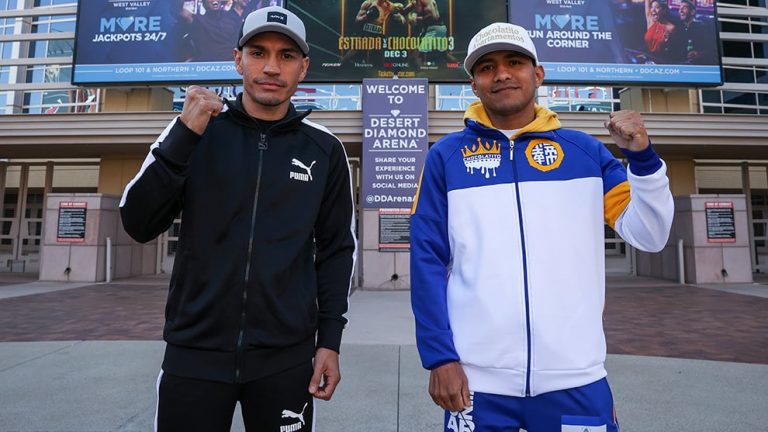Yesterday’s Heroes: The appeal of an all-British crossroads battle
EVERY so often there occurs a contest between two British greats, one on the way up but not quite there, and the other an established great who is only just starting to slide.
From my youth I remember the March 1977 contest between Dave Boy Green and John H Stracey as a case in point. Stracey had done it all, a magnificent amateur, he had picked up the British and European welterweight titles in 1973 and 1974 respectively and then, in 1975, he travelled to Mexico City to beat the great Jose Napoles for the WBC title. This was the greatest victory – and upset – by a British boxer to win the world title on foreign soil since the war, and only repeated, in my view, by Lloyd Honeyghan in 1986 when beating Don Curry. Stracey lost his title to Carlos Palomino in 1976 and his fight with Green was his first since then.
Green, on the other hand, showed huge promise, but many thought that he was not yet ready for Stracey. How wrong they were and what a great fight resulted, with Green stopping the Bethnal Green man in the 10th.
I recently acquired some pictures of the 1941 contest between Eric Boon and Jack Kid Berg and, although Boon had become the British lightweight champion in 1938 and, like Green, was a young man showing great promise, many thought that matching him with Berg would be a mistake, especially at welterweight.
The two men had been due to meet in March 1940 at Earls Court, but Boon withdrew from the contest at the last minute, leaving Berg to fight and beat a very late substitute in Eddie Ryan. At the time, the promoter, Sydney Hulls, along with Jack Solomons, was in dispute with the Board and did not hold a licence.
Hulls was London’s leading promoter at that time, but despite this the Board could not allow one of their champions to box for him on an unlicenced show. Boon was warned off. Intriguingly, in reporting Boon’s withdrawal, BN stated that “Over the weekend the game fairly bristled with rumours. The most fantastic stories were being circulated about gangsterism, legal actions etc. This is the sort of thing that is killing the game.” It was ever thus!
When the two men did finally meet, on 21 April 1941 at the Coliseum in Charing Cross, it was under the same promoter. Hulls had resolved his differences with the Board and was licenced once again.
BN reported it as being the “Best Fight of the Year” and stated that “Berg will have experience on his side, but Boon will have youth, and it seems to us that the last-named quality should prevail.” Berg, at 31, was 10 years older than Boon, and, like Stracey, was an ex-world champion who had achieved everything there was to achieve in the game. He had boxed extensively in the States where he had won his title. He returned to the UK from his most recent tour in 1939, after the declaration of war, and had joined the RAF. He had also won all 11 of his UK contests and fancied his chances against the youngster.
What a disappointment the contest proved to be. In front of a packed house, BN reported that “Boon has never before quite had anyone like Berg to deal with, and it was plain to all that the fast, two-handed hitting from all angles at close quarters completely nonplussed him. Chased around the ring, bumped, tied up, and stung with punches that apparently came from nowhere, Boon began hitting out recklessly, with dire consequences. The first low blow hurt Berg, but did not disable him, the second drew a storm of disapproval from the spectators, and the third sent Jack rolling in the resin, and brought about the instant disqualification of the culprit.”
It was Berg’s last major victory. Like Green, Boon never became the world champion.




